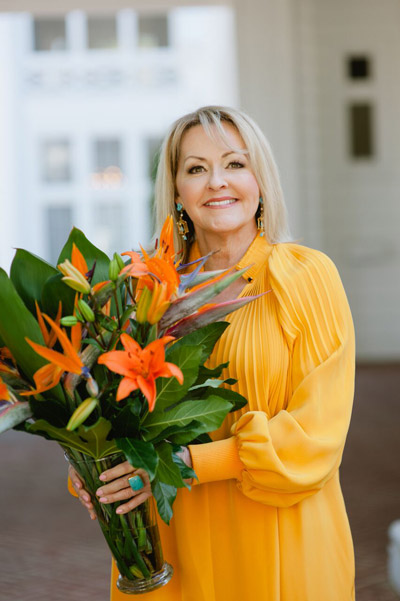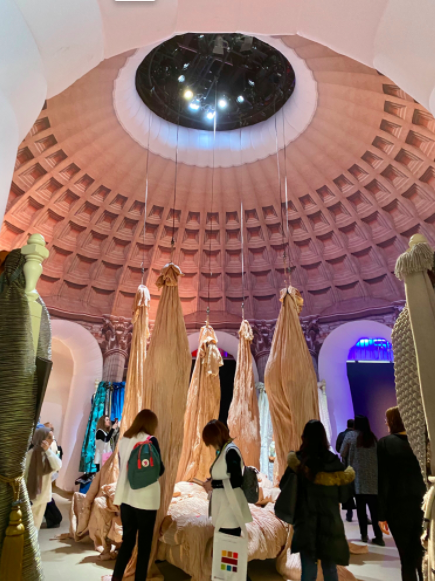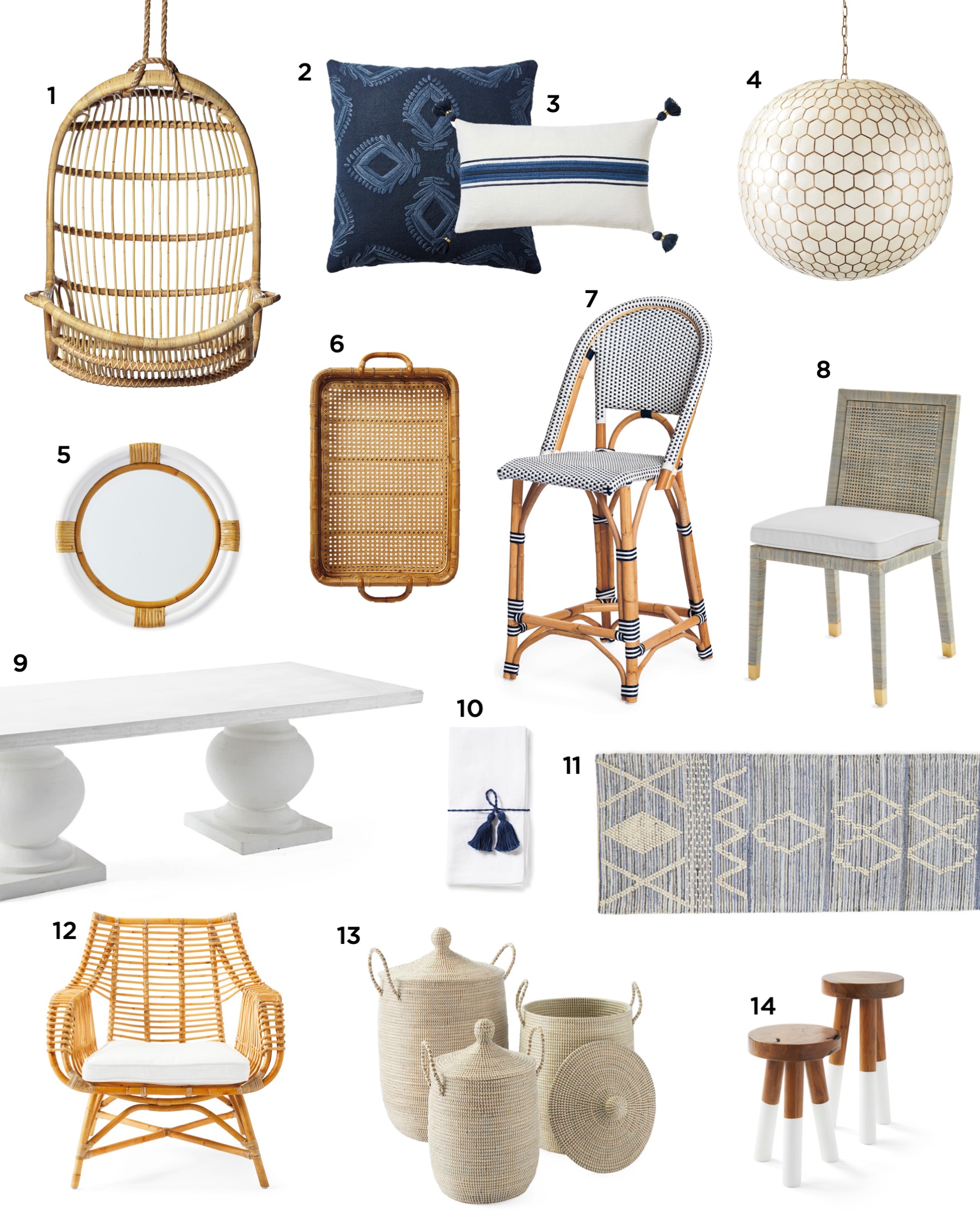Courtesy of Middleton Foundation
Middleton Place Plantation is located on plantation row about
15 miles north of Charleston, S.C. It is on the National Register
of Historical Places. John Williams began building Middleton in
the late 1730’s but his son, Henry Middleton, completed the house .
This map shows an aerial view of the property. It also shows how
the gardens were logically and geometrically laid out to
adapt perfectly to the land.
Courtesy of the Middleton Foundation
This is Henry Middleton, he was son in law, of John Williams.
He is responsible for finishing the house and gardens around 1741.
Henry also served as President of the First Continental Congress.
His son, Arthur, was a signer of the Declaration of Independence.
Arthur’s son, Henry and grandson, Williams, were credited with taking the
plantation from a private residence to an active self sustainable rice plantation.
Photo Courtesy of Trip Advisor
Middleton Gardens, is America’s oldest landscaped garden and is called
“the most interesting and important garden in America”
by the Garden Club of America.
This aerial view reveals the beauty of this well planned garden.
This photograph also shows, “The Butterfly Lakes”
which mimic the shape of a butterfly’s wings when open
for flight. The bluff or the top of the graduated area to the left of the lakes,
was where the original house sat 40 feet above the lakes and the river.
| Photo by Joan Perry |
Courtesy of the Middleton Foundation
This epergne, is one of the pieces of silver found in the museum that
belonged to the Middleton Family
Photo by Joan Perry
One of three of the remaining structures on the plantation is this Rice Mill House.
The mill was built in 1851 when the plantation began more plantings to rice farm. .
Photo by Joan Perry
Centuries have softened the Azalea Pool borders. They have become more free form or organic in look, not as structured as the original plan yet still beautiful.
Photo by Joan Perry
Another view of the Azalea Pool
| Photo by Joan Perry |
Another one of the beautiful statues that grace the gardens.
Photo by Joan Perry
One of the most impressive features of the gardens is the “Middleton Oak” which is said to be over a thousand years old, with a trunk that spans more than 10 feet in diameter.
Photo by Joan Perry
Rows of beautiful azaleas and other beautiful blooming flowers
such as magnolias,rose blossoms
| Photo by Joan Perry |
Another beautiful view of the flowers along the banks of the river
Photo by Joan Perry
A distant shot of The “Wood Nymphe”
Photo by Joan Perry
Beautiful Spanish Moss flowing from the trees add a graceful elegance as the breeze makes it dance from the tree branches.
Photo by Joan Perry
From one bank to the other, views of magnificent color!
Photo by Joan Perry
A picturesque walking bridge for crossing the water on the nature path.
Photo by Joan Perry
One of the remaining original statues, the “Wood Nymphe”, greets you around one of the curvy paths in the north garden.
Photo -Southern Living
Historians have discovered records that prove the first camellias grown in an american garden were planted in Middleton Gardens by Arthur’s son, Henry, who was friends with the French botanist, Andre Michaux. Four camellias were planted at the parterre and three of them survive today. They are the Camellia japonica, Asiatic azalea, Rhododendron indica and the crape myrtle, Lagerstroemia indica!
I encourage you to take a trip Middleton Place, there is so much more to see.
Children love the carriage rides, the stable yard, and the nature walks.
If you visit you can tell them you know the family!
~~~~~~
I hope you enjoyed the tour!
Happy Christening Anna Mills, hopefully, one day this will mean something to you!
Special thanks to the Middleton Foundation and Joan Perry for photographs. All information in the above article is credited to Middleton Foundation,







